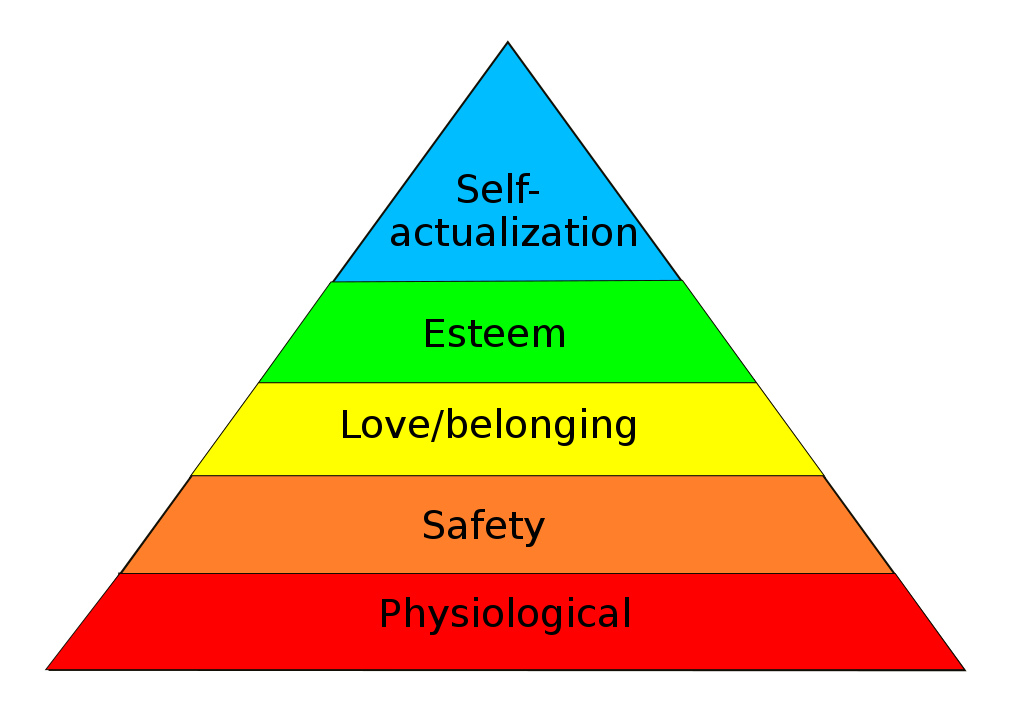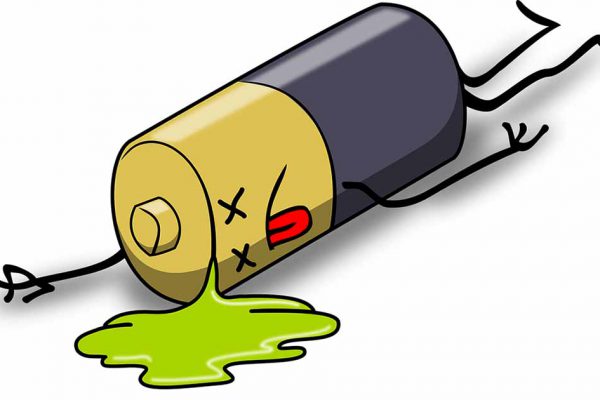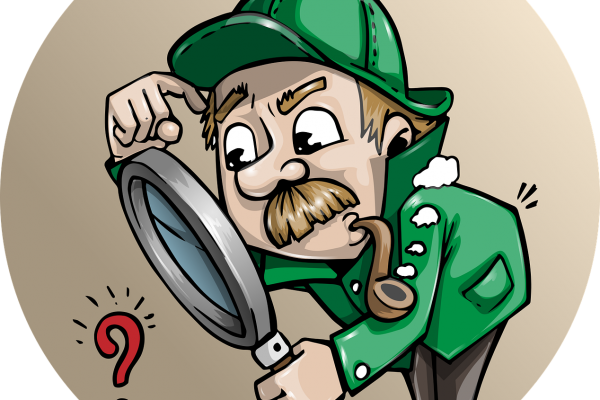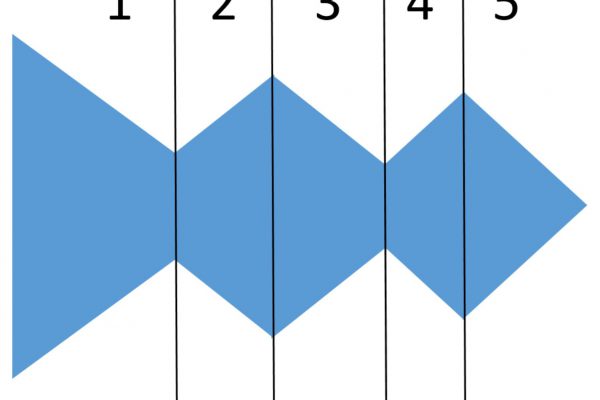One of the hardest and most effective ways to manage innovation is knowing when to stop managing. Trying to manage creativity is almost always detrimental to the process and end result. Last weeks blog talked about drafting the mission, a mostly analytical process. This week I’ll talk about the second step in the process, unleashing the creativity.
This is part of the Innovation engineering blog series.
A quick google search yield legions of creativity tools, but which should you actually use? There is no single answer for this, but there are 3 ingredients that every successful, team-driven, creative proccess needs.
- Social safety
- Breaking conventions
- Unimpeded exploration of ideas
Psychology of creativity
Before we get stuck in, let’s talk a little bit about the psychology of creativity. The most important thing to feeling able to express creativity (for most people), is feeling socially secure in a group. Thoughts like “everyone will think this is stupid” or “no one ever listens anyway”, are completely destructive to any form of creativity. Creativity is a facet of self actualization. Malow’s hierarchy of needs describes what is needed to get to the point of self actualisation. Now of course, there are exceptions to the rule, people who define themselves as being creative have flexed the creativity mental muscle enough that it becomes second nature. Most people, however, will need to be in the right mental place to even dare to express out of the box thinking.

At the base of the pyramid are the basic needs, food, water, sleep. Safety entails social, financial and personal safety. Family, friends and coworkers form the bonds of love and belonging, while those same groups provide the resources to build self esteem.
Your team is an organism, and each individual has their own worries, ambitions and passions. When sparking creativity in a team is difficult, it is more than likely they don’t feel like a team. Some individuals might take over as defacto leaders, unaware that this is intimidating to others. This is why team building is exceedingly important. Don’t book your company getaway just yet. You and your team might benefit a lot more from a beer and some bites at the local pub, than a forced team building event.
Breaking conventions
Everyone has their own conventions, thought patterns and comfort zone. Every team member carries experience and emotion, nature AND nurture. These are the ingredients for your creative process, but can also poison the well. Phrases like “we’ve tried that” and “that won’t work” are absolute killers for creativity.
Everyone will be prone to using their experience to test ideas as soon as they are vocalized. This means that all team members will have to make a conscious effort to prevent this. One of the most powerful methods of making team members aware of their own conventions and routines is assumption challenging. This tool, used at this stage, will allow your team to have their own assumptions challenged by other team members. This gives each member new insights, stimulates the sharing of viewpoints and increases social safety as a side effect.
Creation
If your team is in the right mindset, your path to creativity is now open. One very powerful tools (when implemented properly), is the classic brainstorming session. See the brainstorming section below for instructions.
When your done, you should have sheets full of ideas for each of your challenges or problems. These will combine with the requirements drafted in the previous step to create your solution space. Any idea that MIGHT work stays, but more on that in the next post.
If you would like my help with your development process, please contact me through greatscott.nl or reach out in the comments below.
Brainstorming
The goal of the brainstorming session is to create a set of possible solutions to your problem or challenge. It is very important to ensure good results, that no one judges any of the ideas, or immediately finds reasons they won’t workThe classic brainstorm only works when all minds are open to everything, and all team members feel free to vocalize any thought, no matter how crazy.
Get yourself a whiteboard or flipover board and some markers, make sure this is a standup session, no sitting. Take your main problem(s) or challenge(s) and write each down on a seperate sheet or board. Have someone assigned to writing down each idea on the board, so everything is recorded (do NOT write a name next to them). When your done, you should have sheets full of ideas for each of your challenges or problems. Take these into the analytical session that follows.









